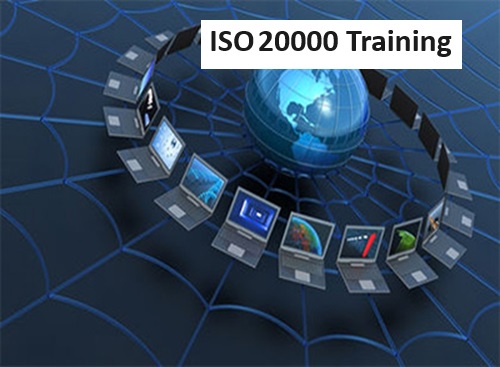In today's quickly changing digital world, the confluence of innovation and standardization is critical in determining the future of corporate practice. ISO 20000, a worldwide recognized standard, is at the core of this collaboration and integration of novel technology within a structured framework.
As industries traverse the complex landscape of the digital world, ISO 20000 Certification emerges as a guiding beacon, providing a road map for successful service management. This standard not only encourages innovation but also serves as a framework for standardization, harmonising various technical breakthroughs.
In this dynamic era, we explore how ISO 20000 ITSMS guides industries towards the digital platform for the future where new technologies are developed within the confines of standards.
What are the Steps for the Digital Future Through Effective IT Service Management Practices?
The future of IT Service Management offers exciting opportunities for both individuals and organizations. From better productivity and improved customer experiences to sophisticated security measures and proactive problem-solving, ITSM is destined to alter our future by using the power of technology for the benefit of everyone. Let’s see the steps for an effective IT service management;
- Step 1 To Know the ITSMS: IT Service Management (ITSM) is the strategic approach to developing, delivering, managing, and improving how IT services are used inside an organization. Aligning IT operations and services with business objectives improves overall efficiency and effectiveness.
- Step 2 Evaluate Current IT Service Practices: Evaluate your present IT service processes to uncover both strengths and flaws. This might entail reviewing existing procedures, service delivery methods, and customer satisfaction levels. Understanding the existing status is critical for identifying opportunities for improvement.
- Step 3 To Define the Objectives and Goals: Set defined objectives and targets for ITSM. These might include faster reaction times, less downtime, a better user experience, and aligning IT services with business requirements. Clear goals give a road map for implementing good ITSM practices.
- Step 4 Creating a Feedback Loop: Create a mechanism for gathering feedback from both internal and external consumers. Regularly evaluate this input to discover opportunities for improvement. A constant feedback loop ensures that ITSM practices keep up with changing organizational demands.
- Step 5 Monitoring and Continuous Improvement: Implement an effective monitoring system to measure key performance indicators (KPIs) for IT service management. Analyse these indicators regularly and utilise the findings to drive continual development. This iterative method guarantees that ITSM processes continue to improve.
- Step 6 Implementing the Best ITSM Frameworks: Select and apply a recognised ITSM framework, such as ITIL (Information Technology Infrastructure Library) or COBIT (Control Objectives for Information and Related Technologies). These frameworks provide defined principles and methods that can greatly improve IT service delivery.
- Step 7 Employee Training and Development: Invest in training programs to provide IT professionals with the skills and knowledge needed for successful ITSM adoption. This ensures that workers are skilled at utilising ITSM technologies and understand the significance of aligning IT services with organizational goals. There are lots of online training providers available in the market like the online ISO 20000 awareness training which is offered by Punyam Academy.
- Step 8 Introducing Powerful ITSM Tool: Choose and install appropriate ITSM tools to provide effective service management. These tools might include service desk software, incident management systems, and performance monitoring tools. The integration of such tools simplifies operations and improves overall service performance.
- Step 9 To Ensure Safety, Security and Compliance: Safety and security is the main priority for any industry. This includes putting in place mechanisms to protect sensitive information and ensuring that IT services comply with industry requirements. A safe and compliant IT infrastructure is critical to establishing trust and confidence.
- Step 10 Regular Do ITSMS Audit: Conduct frequent audits to determine the efficacy of ITSM procedures. This includes analysing procedures, ensuring adherence to established guidelines, and finding opportunities for improvement. Regular audits assist in keeping ITSM relevant and efficient in transforming the organization's digital future.
Source Link: https://20000procedures.wordpress.com/2024/01/29/reshaping-future-by-effective-it-service-management-practices/


No comments yet